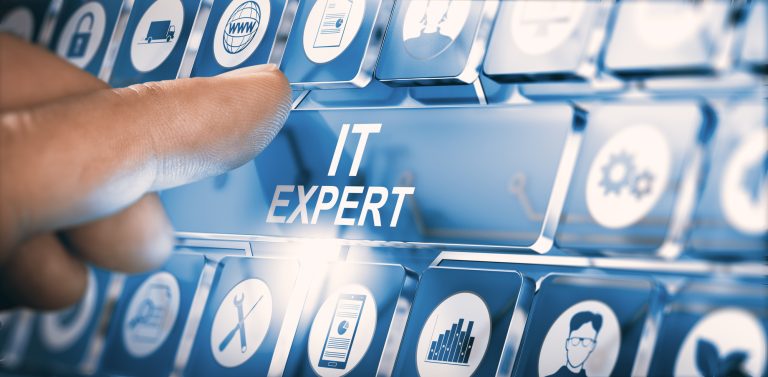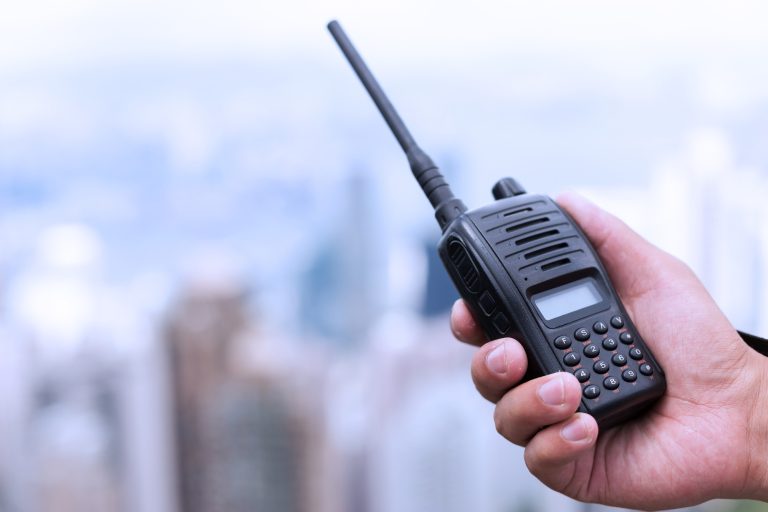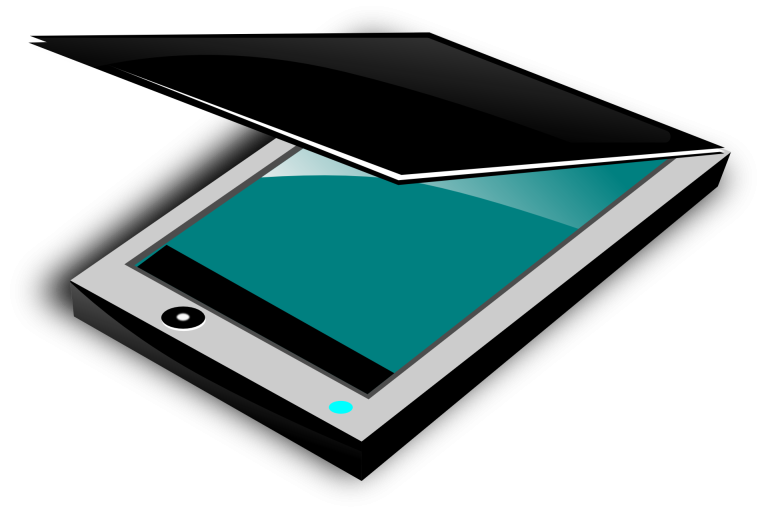Top Ways the IoT Will Change the Way We Work
The Internet of Things (IoT) rapidly changes how we live and work. As more devices connect to the internet, the possibilities for innovation and efficiency are limitless. In the workplace, IoT technologies are set to revolutionize the way we approach tasks, manage operations, and interact with each other. From improved communication to automated processes, the IoT will usher in a new era of productivity and collaboration. IT Support New York experts help businesses to use the power of IoT.
In this article, we will explore the top ways the IoT will change how we work and how businesses can prepare themselves for the coming changes.
6 Ways the IoT Will Change the Way We Work
1. Increasing Employee Autonomy
During the past year, employees have become accustomed to having greater autonomy with the move to flexible working situations. Returning to the office, they’re looking for places to switch up their work environment and move around quickly. They want to be able to move around and change their scenery throughout the day, from desks to conference rooms, huddle areas, and even outdoor courtyards. Businesses need to adapt to meet the needs of their employees as the shift in expectations is here to stay.
The Internet of Things (IoT) can help you unlock the potential of your office environment. With IoT-enabled sensors, cameras, and beacons, you can create an ideal office experience no matter where employees are. They can communicate directly with building systems and even their smartphones, taking the office experience to a new level of convenience, flexibility, and efficiency – as untethered as remote work but with fewer distractions.
2. Embed IoT Into Your Products
Today, many products have added Internet of Things (IoT) technology as an afterthought. However, businesses that embed the IoT during the design phase of their product development can create new value and collect data for future designs. This will bring significant benefits to their internal processes, as well as their customers with the integration. By integrating the IoT during the design phase, businesses can create a product that meets their needs and provides customers with an enhanced experience–one that goes beyond traditional product design.
Additionally, businesses can use the data collected to improve their products and processes in the future. The Internet of Things (IoT) can help you save time and make your employees more efficient, give you more insight into your customers and how you can serve them better, and enable you to become a more cost-effective organization. By leveraging the latest technologies, you can unlock a whole new level of productivity and insights that will help you stay ahead of the competition.
3. Managing Assets
Managing all your building systems, hardware, office furniture, and technology can be daunting, especially in today’s hybrid workplace. Thankfully, the Internet of Things makes monitoring and tracking each asset’s performance easier, giving you real-time data so you can make the best decisions for your business. No longer do you have to feel like an understatement when it comes to managing your assets — now you can have the insight you need to make intelligent decisions faster.
By leveraging the power of Internet of Things (IoT) sensors, you can accurately detect when components of your building systems and equipment are likely to malfunction, allowing you to take corrective action before any costly breakdowns occur. This means less unexpected downtime, lower repair costs, and more reliable performance overall.
4. Fostering Collaboration in the Hybrid Workplace
Organizations of all sizes are facing the challenge of supporting a hybrid workforce. With some employees wanting to work from home permanently and others eager to return to the office, it can take time to provide a suitable solution that meets everyone’s needs. To ensure that employees feel supported and productive, organizations must create a hybrid work environment that allows them to work safely, securely, and comfortably, regardless of their chosen workspace. With the right combination of flexibility, support, and technology, organizations can create a hybrid work environment that meets the needs of both remote and in-office employees, allowing them to work productively and collaboratively no matter where they are.
Enhance your workplace with the power of IoT and emerging, immersive technologies such as Augmented Reality (AR). With AR, employees can collaborate and communicate more effectively while interacting with documents that appear directly in front of them, regardless of their physical location. Whether in a meeting room with others or joining through video conferencing, AR brings documents to life, allowing employees to interact with them more engagingly and intuitively.
5. Data Sharing & Perception
IoT adoption has drastically transformed the way businesses collect and transmit data. Not only does it give greater access to user data, but it also allows applications to track users’ patterns of engagement with the device. Using this data to understand user behavior, applications become increasingly intelligent, resulting in improved user experience.
Additionally, companies can leverage IoT products to decipher data and use it to grow their business. With the insights gained from the data, companies can analyze consumer needs, buyer cycles, and potential areas of improvement and develop more effective marketing and advertising strategies.
6. Creating More Personalized Experiences
Imagine you walk into the office, and your mobile app greets you with tailored announcements and services tailored to your preferences. Next, you select one of the workspaces, and all the settings adjust to match you, from the lighting to the window shade above the desk. This could soon be your new reality – a workspace tailored to you and your needs.
Today, we’re on the brink of a new era of automation where technology takes care of mundane and repetitive tasks, allowing us to concentrate on the creative, innovative ideas our minds were made for. Thanks to the Internet of Things, this future is much nearer than you think!
Conclusion
The Internet of Things (IoT) is poised to impact our work profoundly. By leveraging the power of interconnected devices and advanced analytics, organizations can streamline their operations, increase efficiency, and deliver a better experience to customers. The IoT is transforming the workplace in unimaginable ways, from smart factories to connected offices. However, this digital transformation comes with new challenges and risks, such as cybersecurity threats and data privacy concerns. Therefore, as we continue to embrace the IoT, it is essential to prioritize responsible and ethical practices to ensure that we maximize the benefits of this technology while minimizing its negative impact.
Post courtesy: Chris Forte, President, and CEO at Olmec Systems






